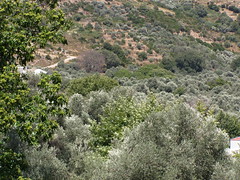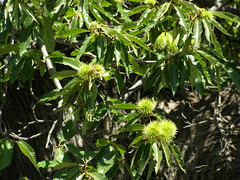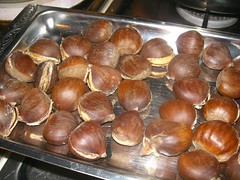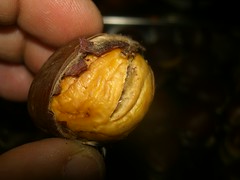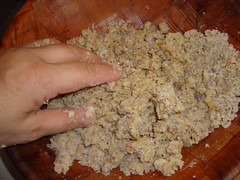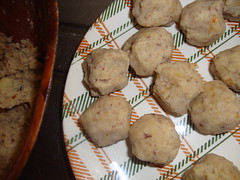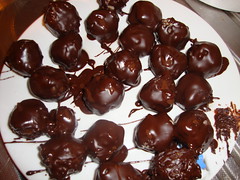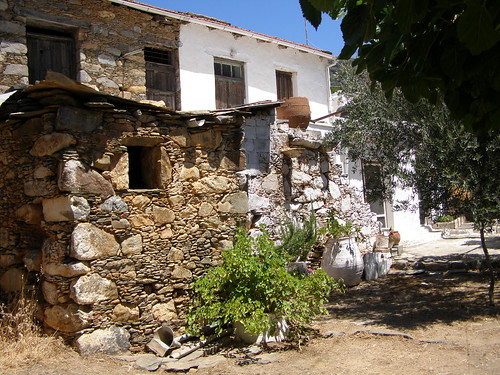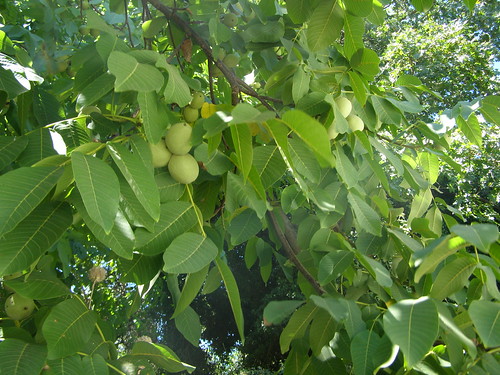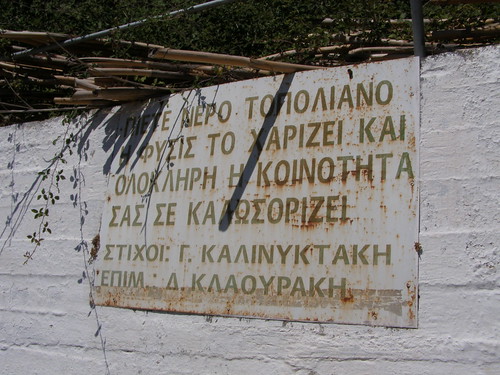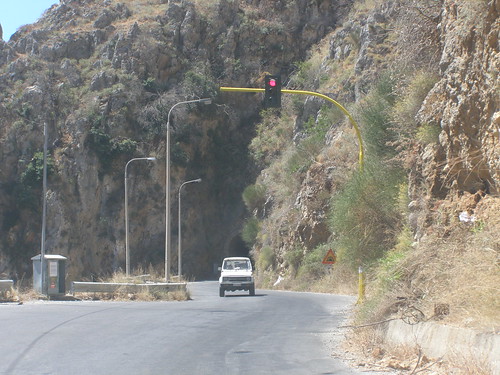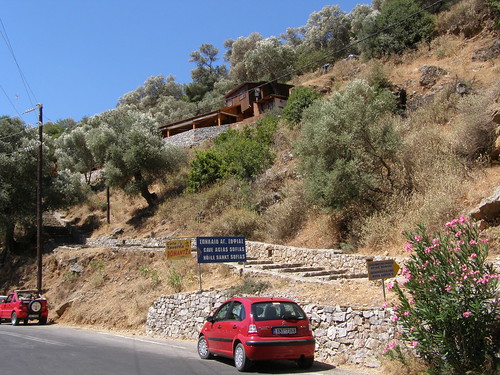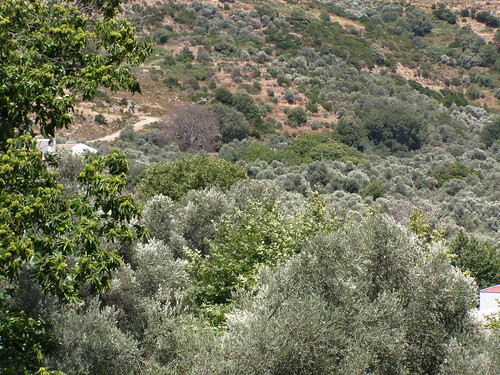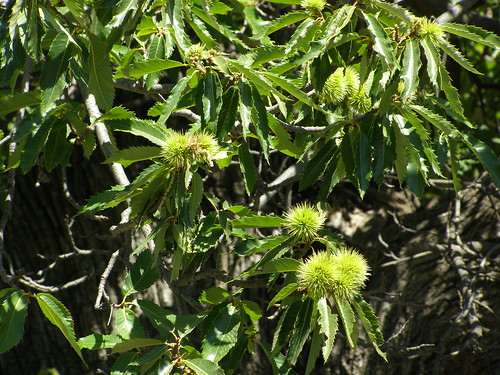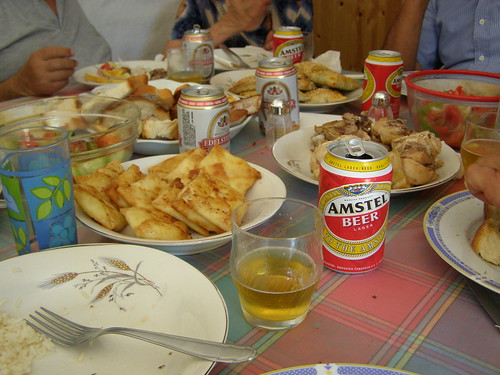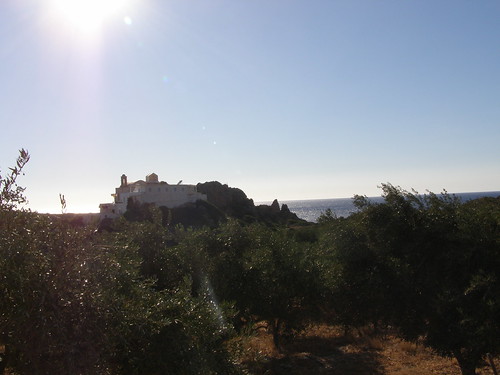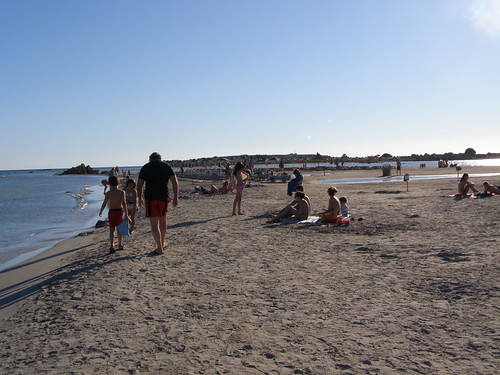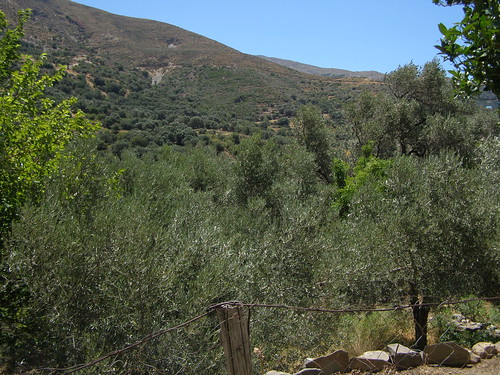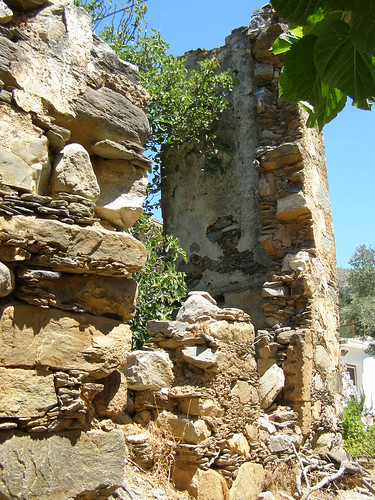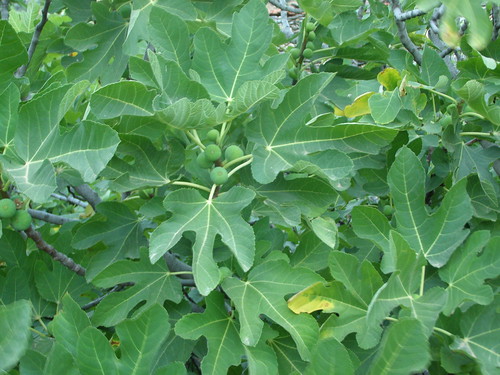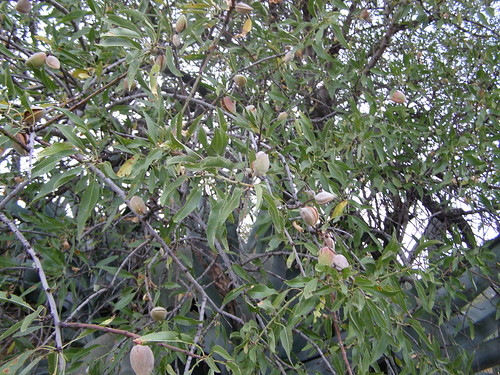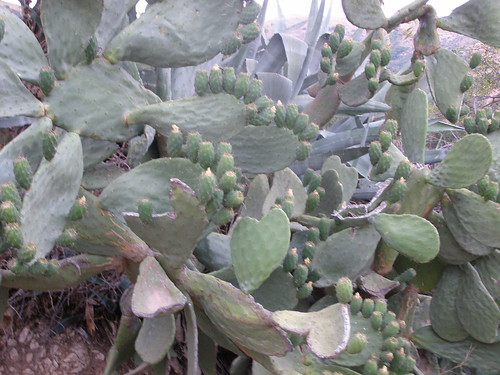The boys had a date with the barber today.

Mr Mihalis has relocated his salon from the busy centre to the outskirts of town bordering suburbia. He appreciates the peace and quiet of a residential street to the noisy polluted central location of a cramped town.
Apart from the usual framed qualifications and family photos often found on the walls of small local enterprises, Mr Mihalis also has a framed collection of Greece's former currency, the drachma.

As I snapped a photo of it while he was giving my son a haircut, he stopped what he was doing without saying a word, and went to the till where he opened a drawer beneath it. He took out a bunch of papers, and handed them to us to look at. They were photocopies of old drachmas that were in circulation in the 1930s and 1940s.

The 1930s notes had similar denominations to the drachma notes of the 1990s: 1000 and 5000 drachma notes were considered perfectly normal in both periods. After 1941, however, all sense of normalcy was blown apart, with Greece being ravaged by WW2. By 1944, the denominations that the drachma was available in lose all sense of proportion. Try following the commas and the zeros in this series of numbers: 100,000, 10,000,000, 500,000,000, 10,000,000,000.

Mr Mihalis has always found these drachma notes intriguing because he was living in the time that they were being used:
Cost of a boy's haircut: €10; no wonder our summer tourists flock to the local salons here to get a haircut. It's ridiculously over-priced where they come from.
©All Rights Reserved/Organically cooked. No part of this blog may be reproduced and/or copied by any means without prior consent from Maria Verivaki.

Mr Mihalis has relocated his salon from the busy centre to the outskirts of town bordering suburbia. He appreciates the peace and quiet of a residential street to the noisy polluted central location of a cramped town.
Apart from the usual framed qualifications and family photos often found on the walls of small local enterprises, Mr Mihalis also has a framed collection of Greece's former currency, the drachma.

As I snapped a photo of it while he was giving my son a haircut, he stopped what he was doing without saying a word, and went to the till where he opened a drawer beneath it. He took out a bunch of papers, and handed them to us to look at. They were photocopies of old drachmas that were in circulation in the 1930s and 1940s.

The 1930s notes had similar denominations to the drachma notes of the 1990s: 1000 and 5000 drachma notes were considered perfectly normal in both periods. After 1941, however, all sense of normalcy was blown apart, with Greece being ravaged by WW2. By 1944, the denominations that the drachma was available in lose all sense of proportion. Try following the commas and the zeros in this series of numbers: 100,000, 10,000,000, 500,000,000, 10,000,000,000.

Mr Mihalis has always found these drachma notes intriguing because he was living in the time that they were being used:
"In the village of Floria where we lived, we had chestnut trees. When we harvested the chestnuts, my father packed two large sacks full of chestnuts and loaded them onto the donkey, and took them to Hania to sell them at the market. When he came back, the sacks still looked full. They were filled with hundreds of drachma notes. He had sold the chestnuts and was paid for them in small denominations of drachmas. During that time, money was worthless. You needed a million drachmas to buy a loaf of bread. If you didn't have your own source of bread, you either gave everything you had to get some or you went hungry."In the times that we live, the value of money is now seen as a balloon that is ready to pop. When the value of work decreases, so too will products and expenses, because no one will have much money to pay them.
Cost of a boy's haircut: €10; no wonder our summer tourists flock to the local salons here to get a haircut. It's ridiculously over-priced where they come from.
©All Rights Reserved/Organically cooked. No part of this blog may be reproduced and/or copied by any means without prior consent from Maria Verivaki.




